
Are you interested in emptying out the time capsule? Or did you want to explore the activities of humans in the past? Then, plan your next tour of southern India. This region is prosperous for exploring artifacts and cultural diversity. We are talking about Tamil Nadu, a prominent Indian state on the south coast of India. Due to its unique discoveries, this state has become a charm for history lovers. Ancient temple buildings, sculptures, and rock-cut paintings describe the past of Tamilians. The archaeologists also find many burials that provide information related to old civilizations. Let’s explore 6 famous archaeological sites in Tamil Nadu in detail. Also, let’s equip you with all the necessary information you must know as a tourist.
Chennai is the capital and industrial city of this state. Livestock and agriculture serve as an economic source for Tamilians. Tamil Nadu stands for Tamil country, whose backdrop is the region’s inhabitants. The majority of the population is Tamilian, and they speak the Tamil language. Their official language is also Tamil.
What is the history of the Tamil Nadu State Department of Archaeology?
The Tamil Nadu State Department of Archaeology (TNSDA) was established in 1961. It was a notable step. The motive behind this initiative was to preserve the ancient monuments of the state. This department was also established to excavate historical places. For this purpose, the Indian government cooperated with the Tamil government.
This step proved very beneficial for exploring the ancient civilizations of bygone eras. The Archeological Department revealed the state’s past by exploring the buried artifacts. They introduced many attractive archeological sites for history explorers. Their research is still ongoing. The archeologists are captivating the world by examining various aspects of life. This research on the past is titled Unearthing the Glorious Past of Tamil Nadu.
Is Tamil the oldest civilization?
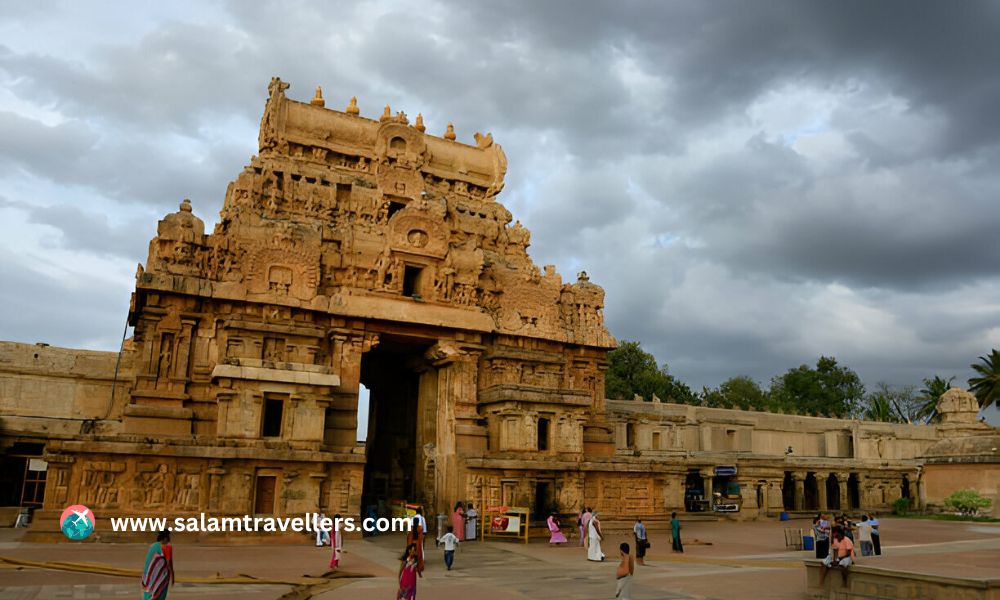
This state has an extended history spanning thousands of years. The ancient name of this region was Madras State, which was changed in the 20th century. Old traditions are a unique blend of the state’s culture. The centuries of extended history and literature make this civilization the oldest.
The Sangam period is considered the most significant period of Tamil literature. During this period, art and poetry greatly influenced Tamil literature. The inhabitants were experts in sea trade. This trading system played an essential role in cultural exchange. The whole legacy of this civilization flourished because of influential literature. Other neighboring regions evolved the literature of Tamilians.
How old is Tamil-Brahmi?
The history of Tamil Brahmi consists of thousands of centuries. The exact century is not defined. The period of its history is estimated to be between the 3rd and 1st centuries. The discovered cave inscriptions and pots have this script on their artwork. This writing system was not only the history of Tamil. Andhra Pradesh and Kerala also derived their script from Brahmi. The modern Tamil script is derived from Tamil-Brahmi. Brahmi script was first converted into Vatta Ezhutu, which evolved into modern Tamil.
6 Famous Archaeological Sites in Tamil Nadu
Tamil Nadu preserves multiple types of tourist attractions. This state’s historical temples and geographical beauty draw tourists worldwide. The recent development in the archeological department has opened new doors to history.
Explorers have a curiosity about the history of this cultural state. The archeological sites have architectural proofs of history and antiquities. Presently, the following six archeological sites have become the spotlight for visitors.
1. Keezhadi and its surrounding areas (Konthagai, Agaram, and Manalur) in Sivaganga district (Phase VIII)
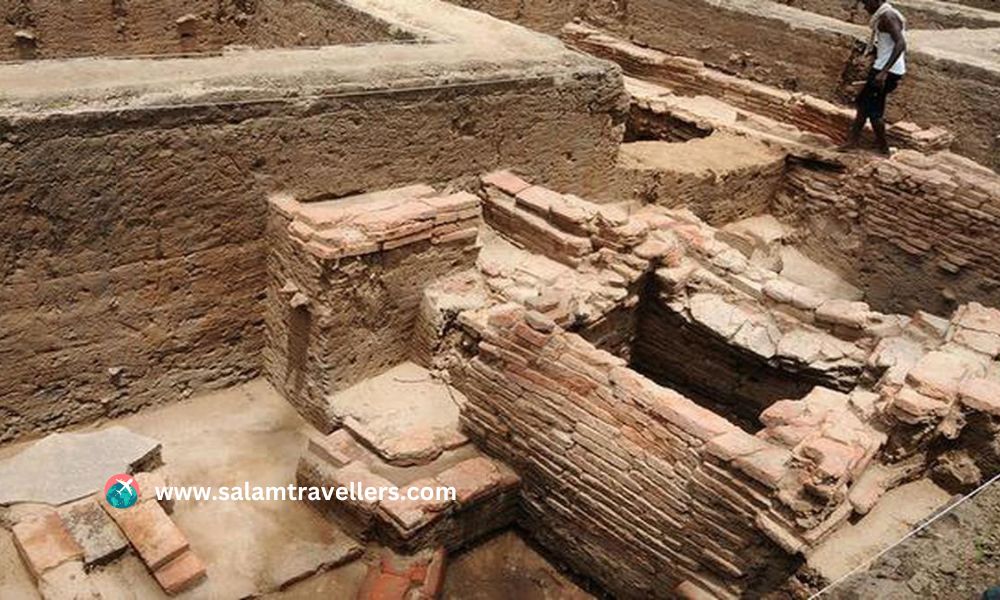
Keezhadi archeological site has been discovered during various periods of excavation. This site has settlements from the Sangam period. During these scooping outs, archeologists find many artifacts. These discoveries describe the lives of the 3rd and 6th centuries. Keezhadi, also known as Keeladi, is an important site.
Under this name, the archeology department developed a Keeladi museum at this site. This museum keeps all the findings of the 4th and 8th excavations. The Keezadi excavation was started in 2014. In eight phases, archeologists found more than 18,000 artifacts related to the past.
2. Sivakalai in Thoothukudi district (Phase-III)
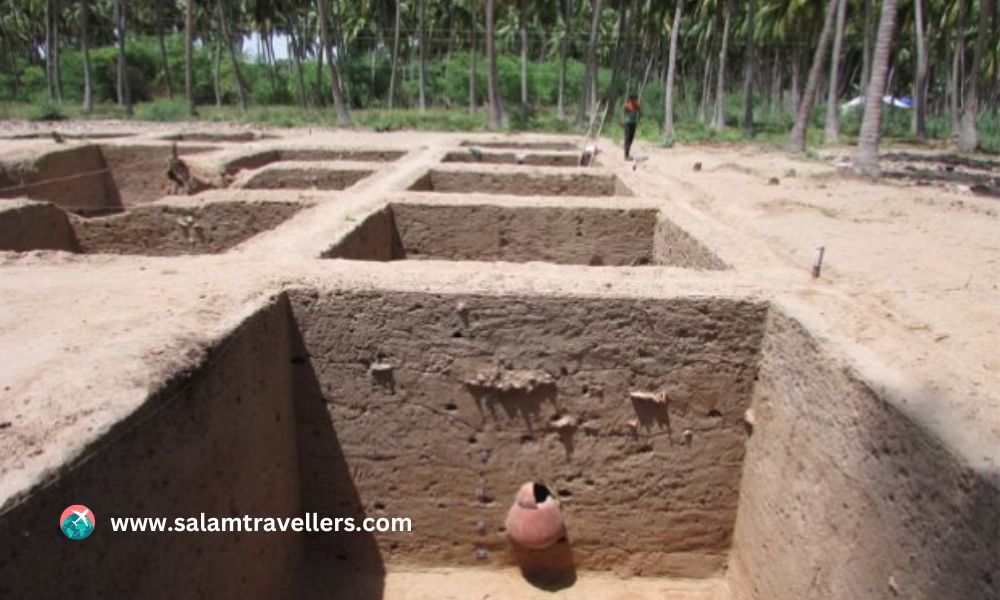
Sivakalai has received three digging outs. The latest task was begun in February 2022. It was completed in September 2022. While they were digging in the third phase of the excavation, archeologists found 80 burial urns.
These discovered burials were full of paddy grains that were 3200 years old. A metal bangle and terracotta utensils were discovered during the third phase. A spinning wheel and ceramic bangles were proof of past living styles. These findings represent the connection between the Indus Valley civilization and modern Tamil.
3. Gangaikonda Cholapuram in Ariyalur district (Phase III)
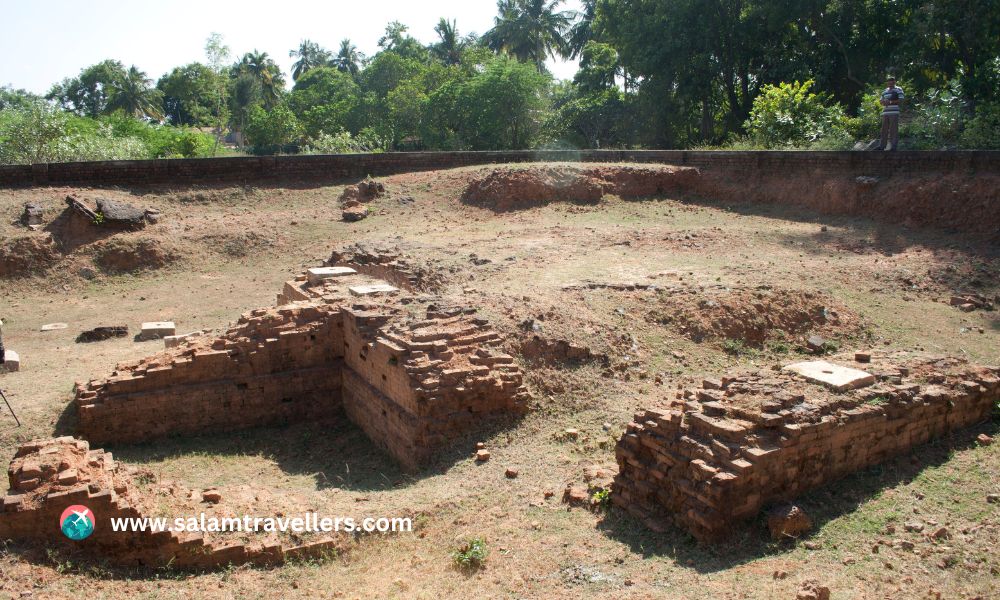
Gangaikonda Cholapuram village has an important archeological site, Maligaimedu. This site also received the third stage of excavation. The period for this exploration was April 8, 2023, to September 2023. More than 200 antiquities were discovered in this project. Chinese potteries and brick settlements were found in the third phase.
All the findings show that this village also housed palaces in the past. Expect this archeological site; the village is also known for having a grand temple. To witness the Dravidian architectural style, Gangaikonda Cholapuram Temple is the best place.
4. Mayiladumparai in Krishnagiri district (Phase-II)
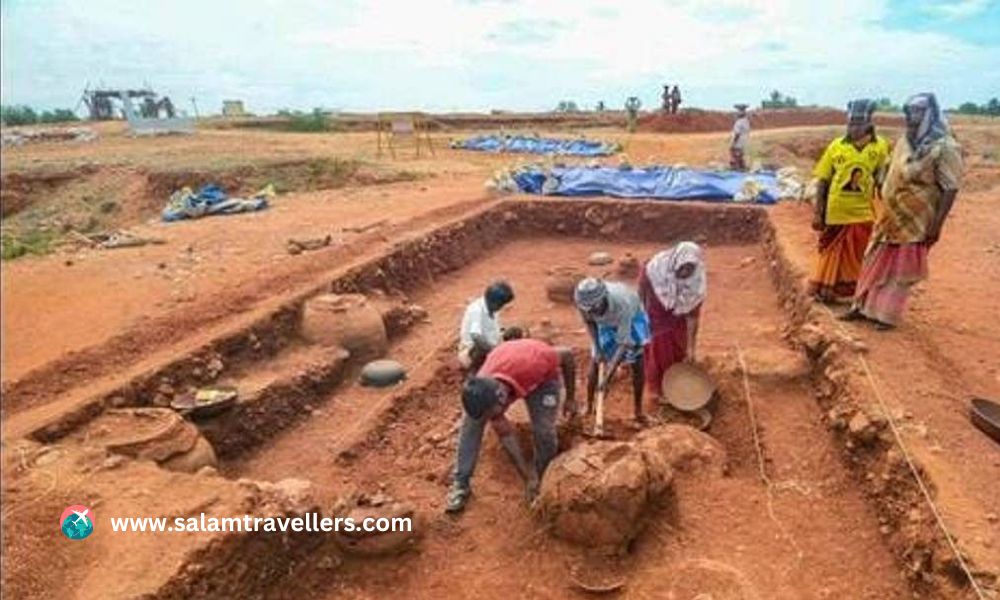
The Mayiladumparai excavation site is a habitation-cum-burial site in Tamil Nadu. Thus, more of the findings are related to the lives of past humans. Iron artifacts dating back to 4200 years were discovered at this archeological site. Through these findings, the state earned the status of the oldest iron site.
Archeologists performed excavations on residential areas and burial sites. In residential findings, rock paintings and Neolithic artifacts are included. The found construction material helps to understand the architectural style of the past. It states the relationship between the Indus civilization and Tamil Nadu. The iron ruins have significant value in the state’s heritage.
5. Vembakottai in Virudhunagar district
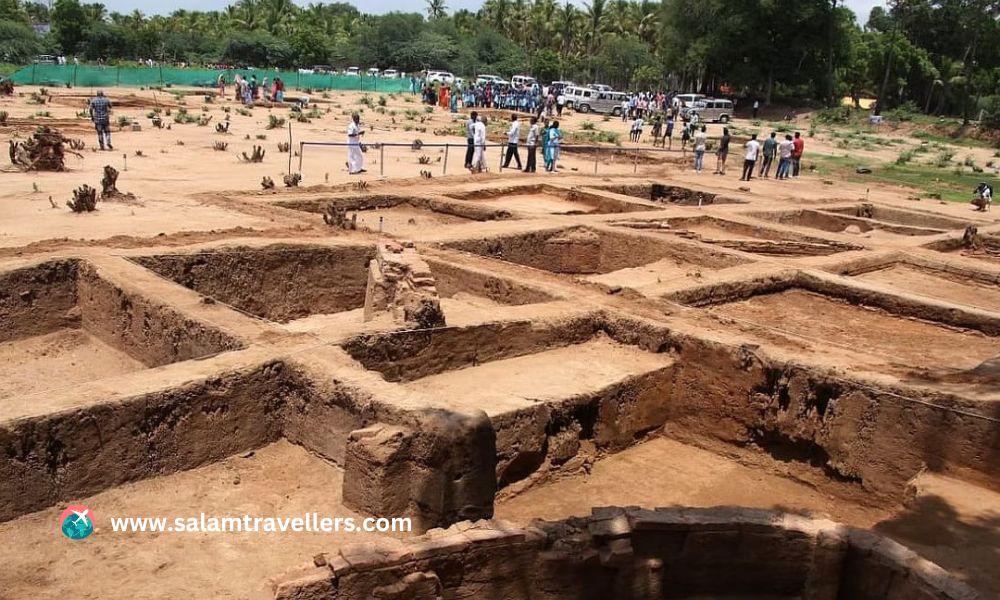
The Vembakottai archaeology site is different from others because the burials are unique here. Most of the remnants are related to human life. Gold pieces were also discovered during the excavation of this site. These two gold pieces were different in shape. One was rectangular, and the other one was colonial in shape.
A terracotta smoking pipe and a stone weighing machine were also dug out. Terracotta toys, gamesmen, and figurines were also discovered in Vembakottai. All these findings reflect the lives of humans in the past. Tourists can visit the exhibition at this site to witness the gold findings. The whole collection of artifacts is displayed for visitors.
The pottery collection is part of this exhibition. The exhibition museum for tourists has specific opening hours. Entrance is allowed from 9 a.m. to 5 p.m.
6. Thulukkarpatti in Tirunelveli district
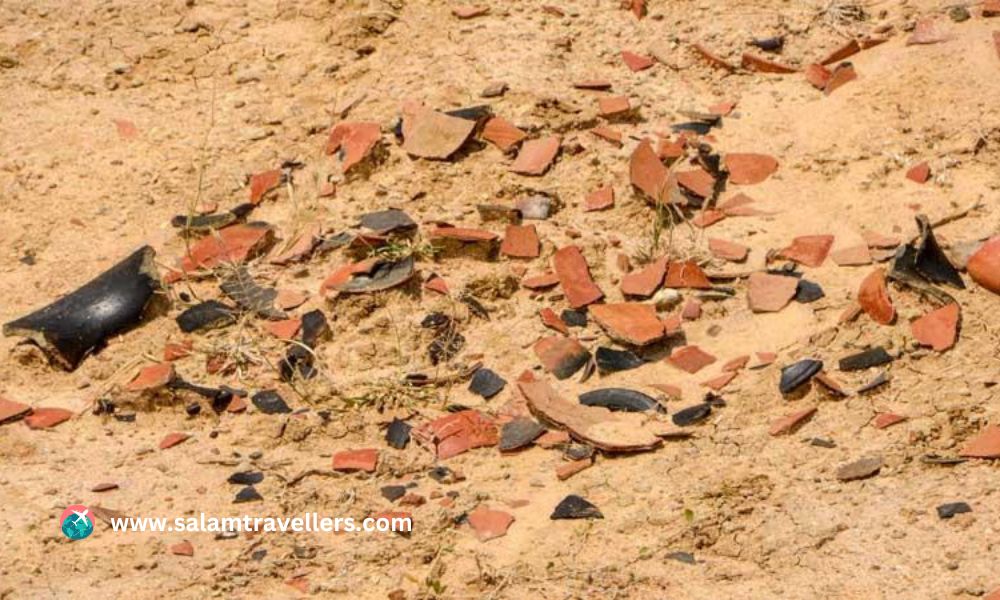
The village, Thulukkarpatti, is settled on a riverbank. The Nambiyar River is a river that originally started in the western ghats. Sivakalai and Thulukkarpatti flourished at the same time. So, archaeologists planned to excavate this site to discover new aspects of history. They dug out 17 pits at the bank of the Nambiyar River.
From these pits, the discovered artifacts are 1009. Terracotta dolls, stamps, silver coins, and polished ornaments are found on this site. Burial urns and bricks of red and black color are also scooped out of the river bank.
What is the oldest archaeological evidence of Tamil?
The oldest archeological evidence of Tamil is pottery discovered at a marine site. Poompuhar is an old underwater archeological site. Marine archeologists from the shore found these pottery antiquities. This evidence dates back to the 4th century.
Archeologists discover pottery’s exact history and duration from the style and clay. These artistic findings assist in understanding the cultures of the past and present. The inscriptions and artwork on pottery indicate ancient civilizations’ communication and trading styles.
What are the ancient artifacts in Tamil Nadu?
Archeological discoveries are at the top of the list of ancient artifacts. Ancient pottery from burial sites dates back to the 4th century. The cave inscriptions describe the era of Brahmi script. Moreover, smoking pipes and clay beads are also listed as ancient artifacts. This discovery of artifacts is continued by excavating different burial sites.
Most of the precious stones also dogged out from archeological sites. Ruby, diamond, emerald, and gold stones are also displayed in artifact exhibitions. Bricks and construction materials show the influence of the Indus civilization on Tamil.
Final Analysis
Tamil Nadu is a prosperous state in terms of history, culture, and preserved heritage. The inhabitants are restrained about their customs and traditions. The historical sites, waterfalls, and beach destinations are the centers of attraction. This state has two incredible destinations: Otty and Madurai. These two cities are widely popular among tourists. The progression in archeological discoveries has made this state familiar to archeologists. History lovers are highly interested in learning about the past of their ancestors. As tourists, observe the found artifacts and respect the local culture. The state is taking great initiatives to preserve the heritage of Tamil Nadu. Plan your future itinerary for the archaeological sites in Tamil Nadu to learn about the history of Tamilians.
Stay connected with Salam Travellers to get more exciting trekking guides.



